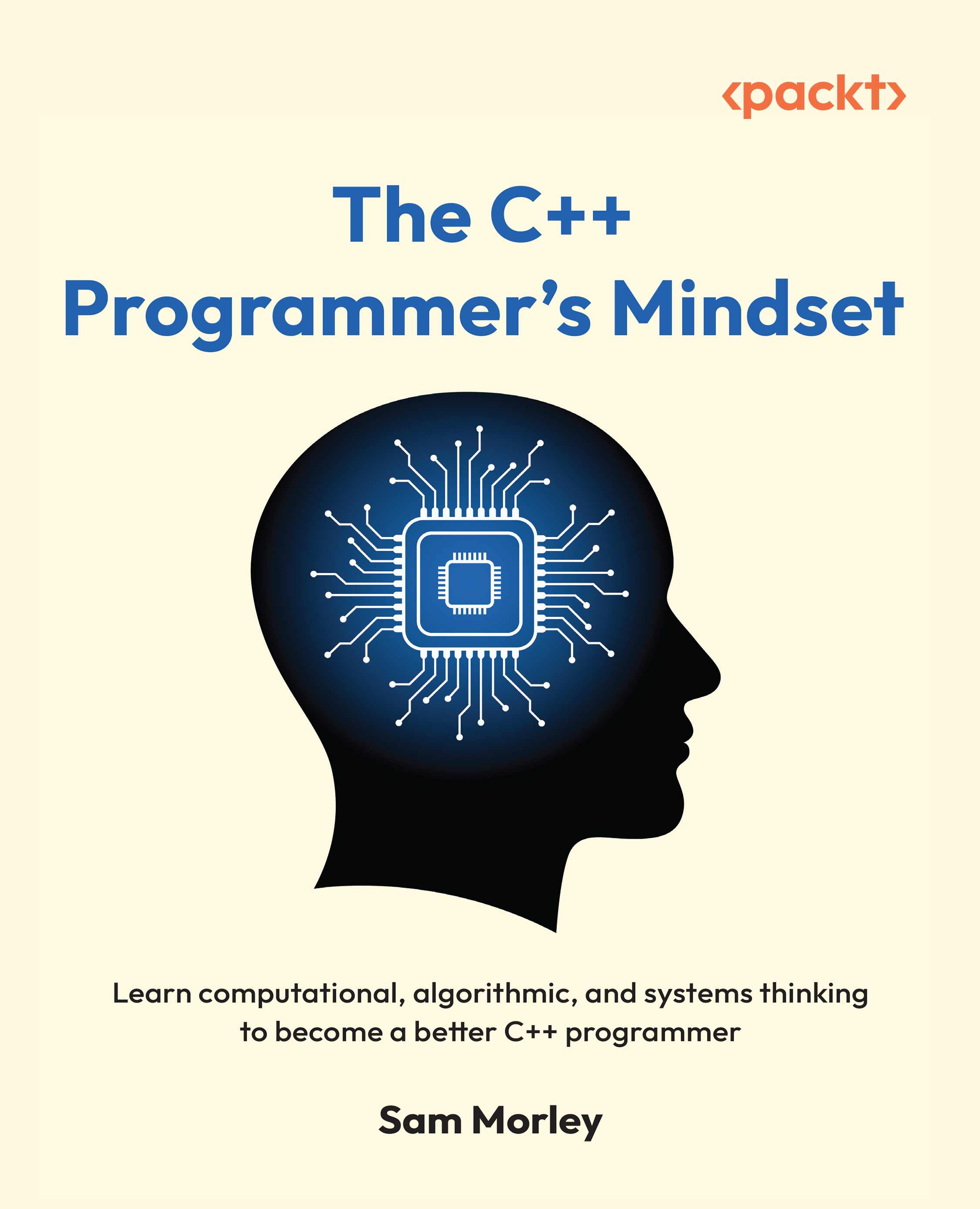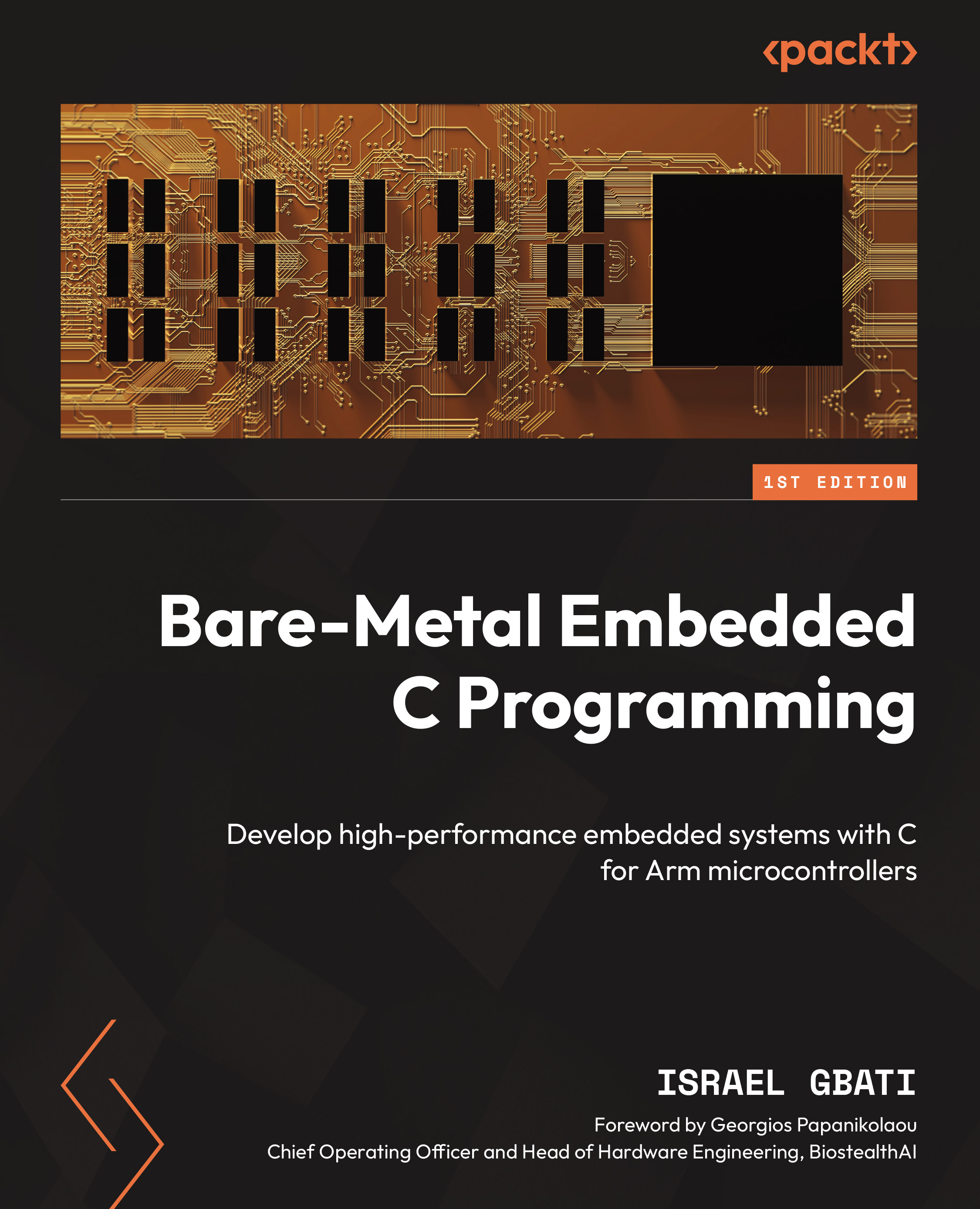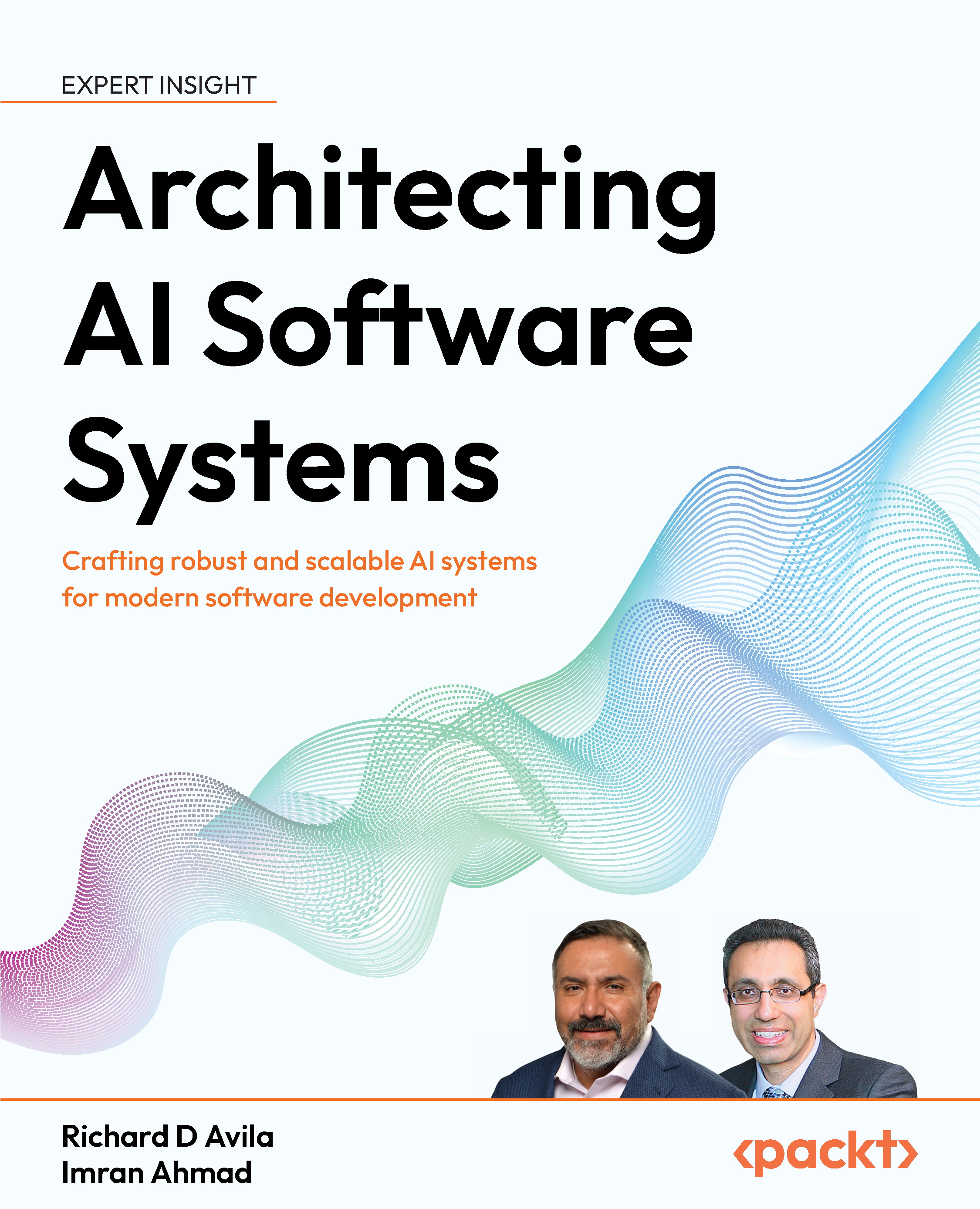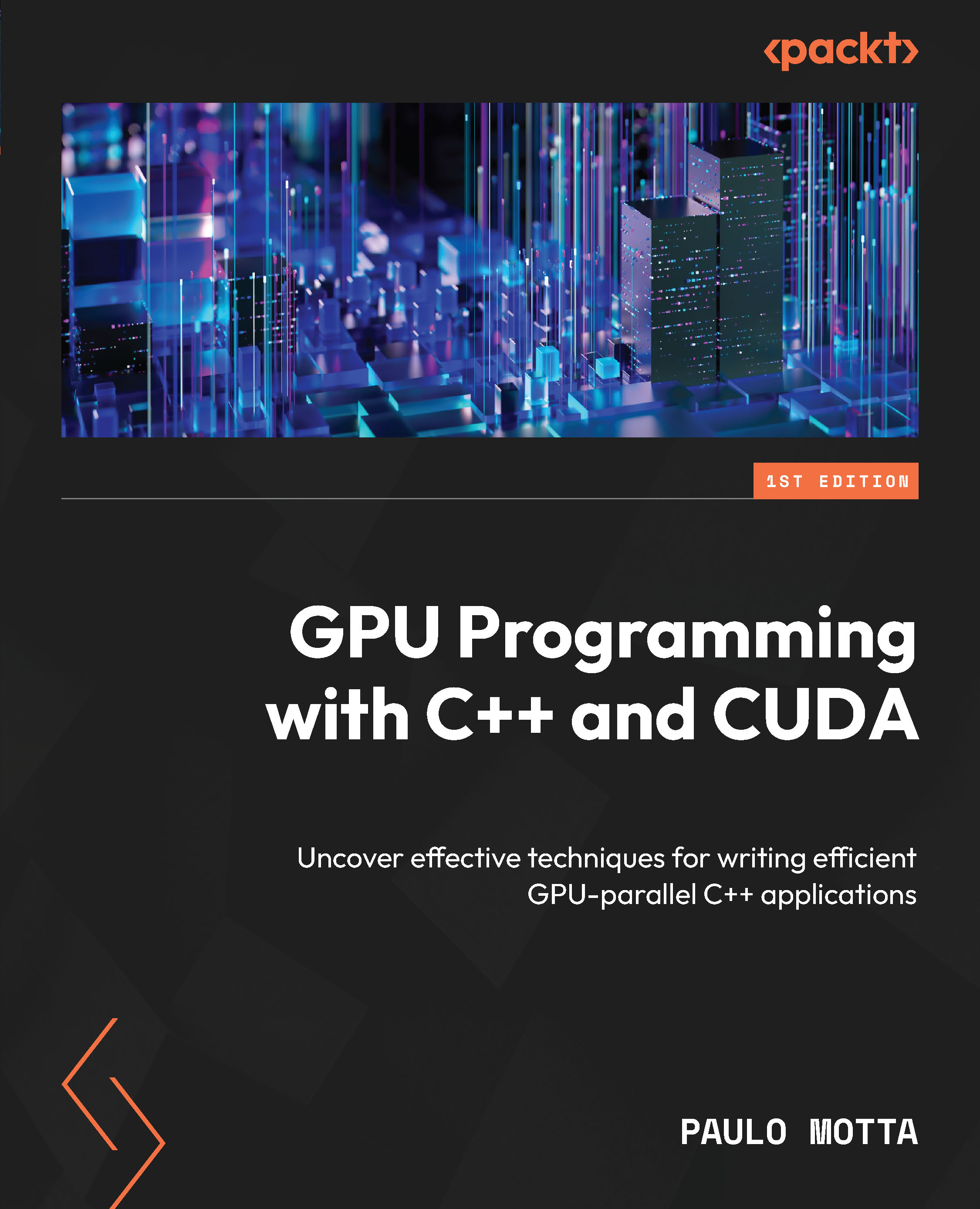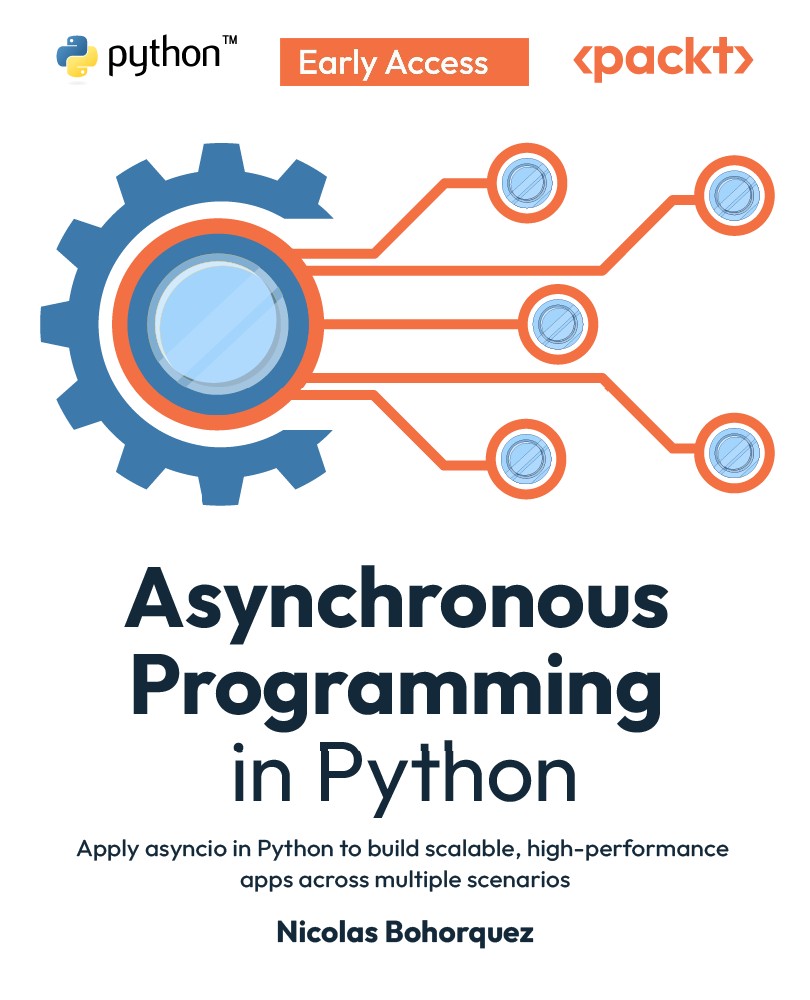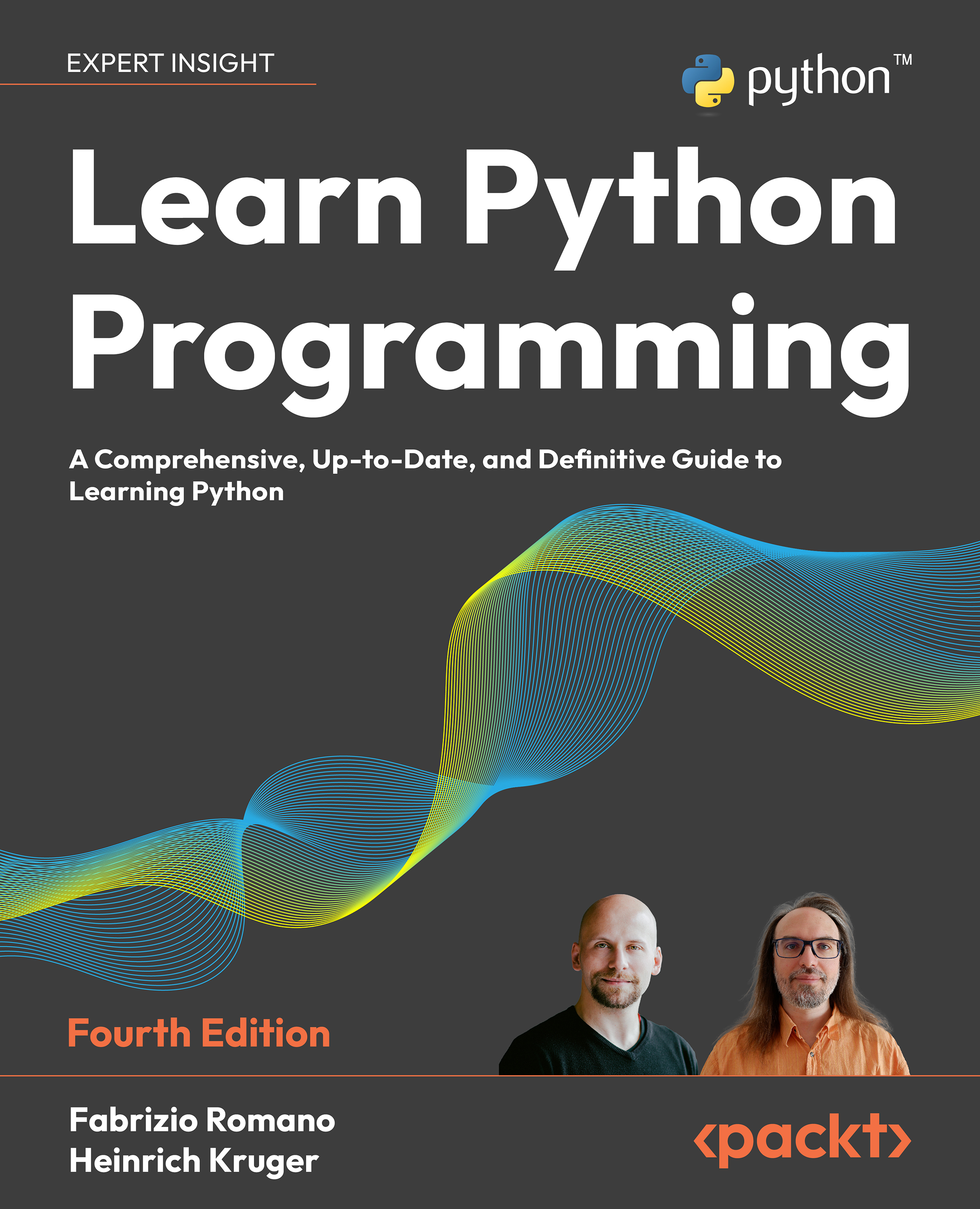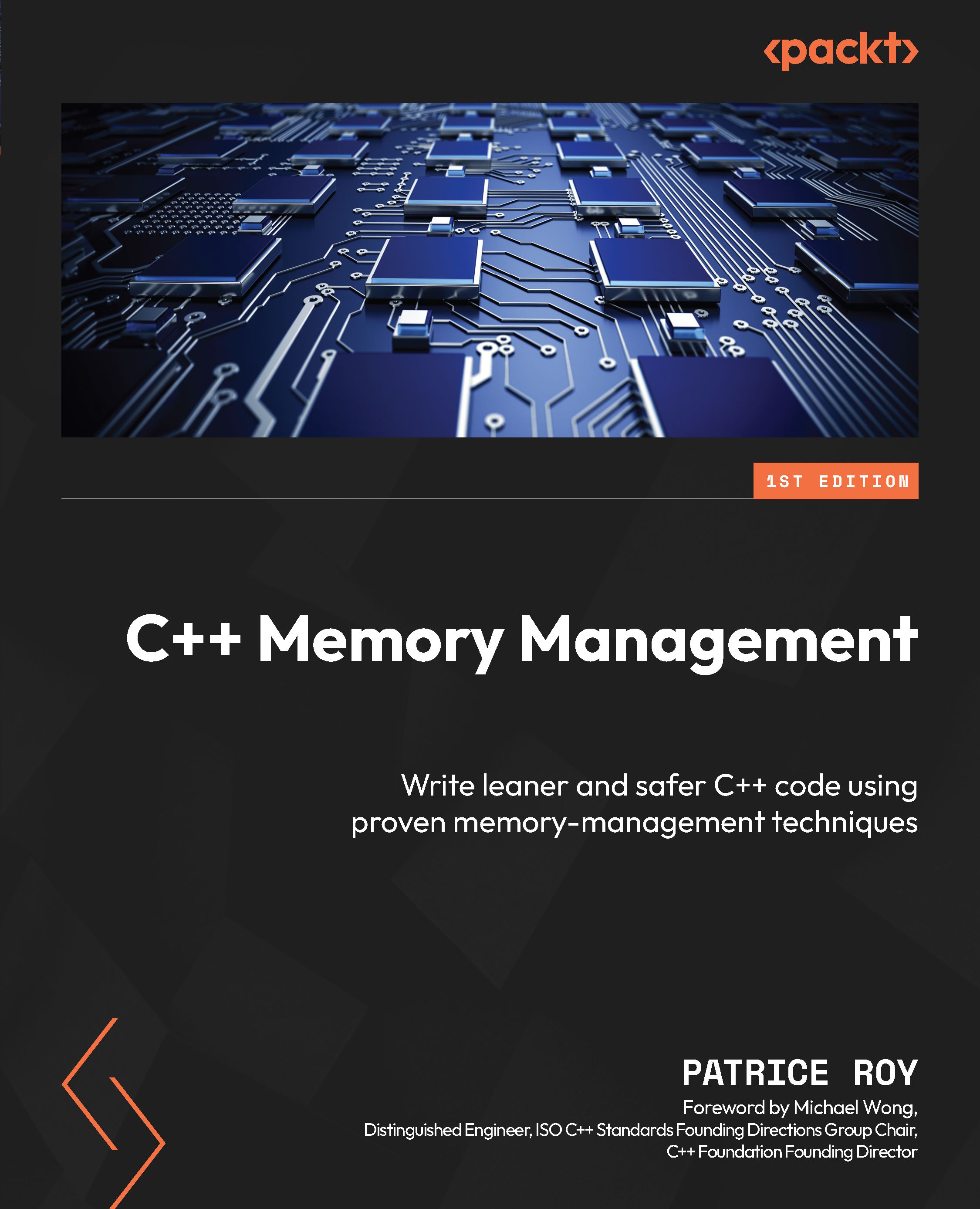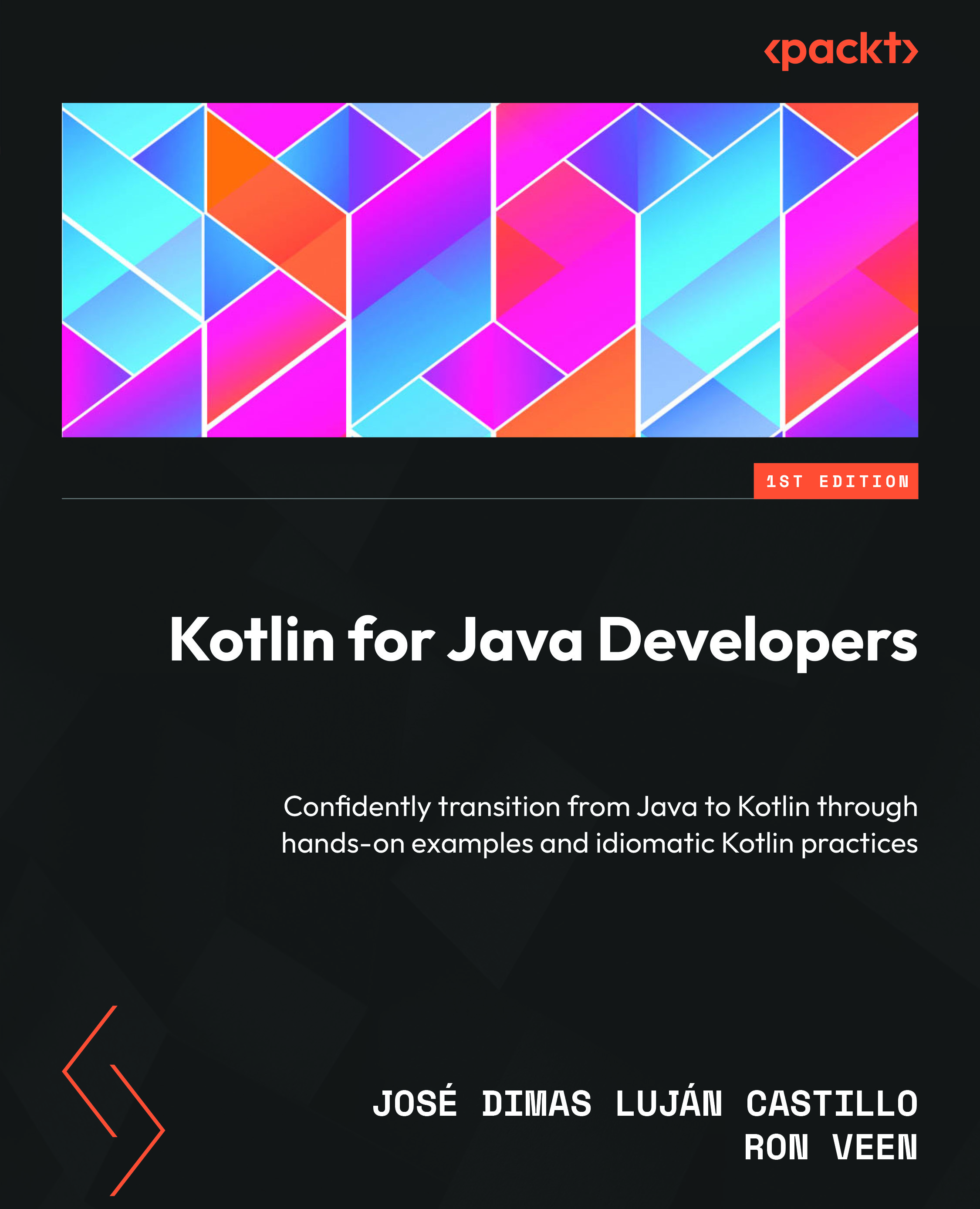Robert S. Sutor has been a technical leader and executive in the IT industry for over 40 years. More than two decades of that were spent in IBM Research in Yorktown Heights, New York USA. During his time there, he worked on and led efforts in symbolic mathematical computation, mathematical programming languages, optimization, AI, blockchain, and quantum computing. He is the author of Dancing with Qubits: How quantum computing works and how it can change the world and Dancing with Python: Learn Python software development from scratch and get started with quantum computing, also with Packt. He is the published co-author of several research papers and the book Axiom: The Scientific Computation System with the late Richard D. Jenks.
Sutor was an IBM executive on the software side of the business in areas including Java web application servers, emerging industry standards, software on Linux, mobile, and open source. He was the Vice President of Corporate Development and, later, Chief Quantum Advocate, at Infleqtion, a quantum computing and quantum sensing company based in Boulder, Colorado USA. He is currently an Adjunct Professor in the Department of Computer Science and Engineering at the University at Buffalo, New York, USA.
He is a theoretical mathematician by training, has a Ph.D. from Princeton University, and an undergraduate degree from Harvard College. He started coding when he was 15 and has used most of the programming languages that have come along.
Read more
 United States
United States
 Great Britain
Great Britain
 India
India
 Germany
Germany
 France
France
 Canada
Canada
 Russia
Russia
 Spain
Spain
 Brazil
Brazil
 Australia
Australia
 South Africa
South Africa
 Thailand
Thailand
 Ukraine
Ukraine
 Switzerland
Switzerland
 Slovakia
Slovakia
 Luxembourg
Luxembourg
 Hungary
Hungary
 Romania
Romania
 Denmark
Denmark
 Ireland
Ireland
 Estonia
Estonia
 Belgium
Belgium
 Italy
Italy
 Finland
Finland
 Cyprus
Cyprus
 Lithuania
Lithuania
 Latvia
Latvia
 Malta
Malta
 Netherlands
Netherlands
 Portugal
Portugal
 Slovenia
Slovenia
 Sweden
Sweden
 Argentina
Argentina
 Colombia
Colombia
 Ecuador
Ecuador
 Indonesia
Indonesia
 Mexico
Mexico
 New Zealand
New Zealand
 Norway
Norway
 South Korea
South Korea
 Taiwan
Taiwan
 Turkey
Turkey
 Czechia
Czechia
 Austria
Austria
 Greece
Greece
 Isle of Man
Isle of Man
 Bulgaria
Bulgaria
 Japan
Japan
 Philippines
Philippines
 Poland
Poland
 Singapore
Singapore
 Egypt
Egypt
 Chile
Chile
 Malaysia
Malaysia



